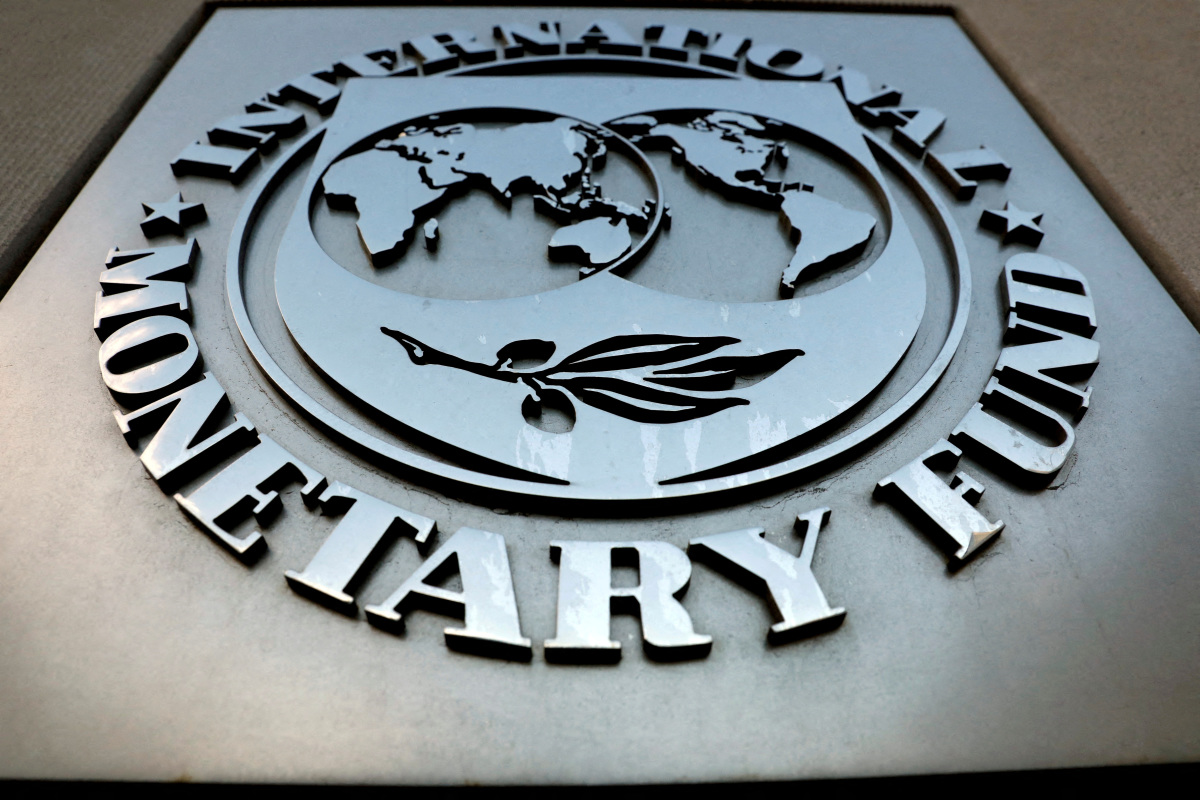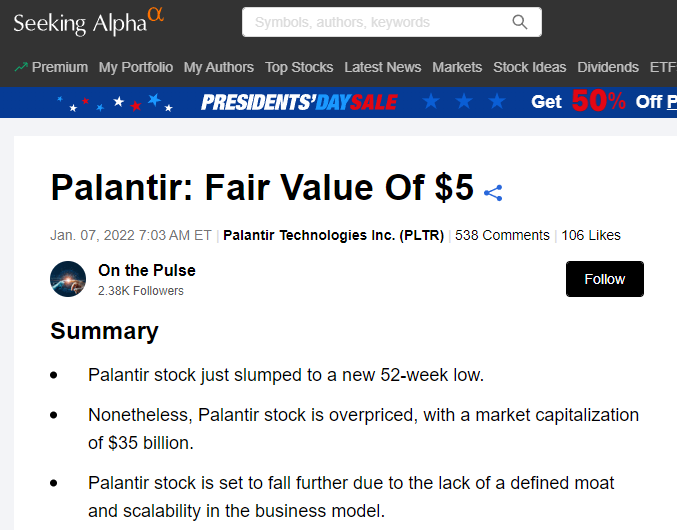Pakistan's $1.3 Billion IMF Bailout: Review And Current Geopolitical Context

Table of Contents
The Terms and Conditions of the Bailout
The Pakistan IMF bailout comes with stringent conditions designed to address the country's economic imbalances. These conditions, while necessary for securing the loan, will likely have significant short-term and long-term effects on the Pakistani economy and its citizens.
-
Fiscal reforms and austerity measures: The IMF demands significant cuts in government spending to reduce the fiscal deficit. This may involve reducing subsidies on essential goods, impacting the most vulnerable segments of the population. The potential for social unrest due to these measures needs careful consideration.
-
Tax revenue enhancements and reduction of subsidies: Improving tax collection is critical. This includes broadening the tax base, tackling tax evasion, and potentially increasing tax rates. Simultaneously, reducing energy and food subsidies, while fiscally responsible, could lead to higher prices for consumers.
-
Structural reforms in key sectors like energy and governance: The bailout requires structural reforms to improve efficiency and governance in key sectors. This includes tackling corruption, improving transparency, and reforming state-owned enterprises, particularly in the energy sector which is burdened by inefficiencies and losses. These reforms are crucial for long-term sustainable growth but require significant political will and effective implementation.
-
Currency devaluation and exchange rate flexibility: A flexible exchange rate is a key IMF condition. This means allowing the Pakistani Rupee to adjust to market forces, which may lead to further devaluation and increased import costs in the short term. However, it's hoped that this will improve the country's export competitiveness in the long run.
-
Debt restructuring and management strategies: Managing Pakistan's high public debt is paramount. The IMF will likely demand a transparent and sustainable debt management strategy, potentially involving negotiations with bilateral and multilateral creditors for debt relief or restructuring. This is a complex process with potential implications for Pakistan's credit rating and future borrowing capacity.
The implementation of these conditions will require careful management to mitigate negative social and political consequences. The success of the bailout largely depends on the government's ability to effectively communicate these measures to the public and ensure a just and equitable transition.
Pakistan's Economic Crisis: Underlying Factors
Pakistan's current economic crisis is the culmination of several interconnected factors, some long-standing and others more recent. Understanding these underlying causes is crucial for developing effective and sustainable solutions beyond this Pakistan IMF bailout.
-
High levels of public debt: Decades of fiscal mismanagement have led to unsustainable levels of public debt, leaving Pakistan vulnerable to external shocks. Servicing this debt consumes a significant portion of the national budget, limiting resources for essential social programs and infrastructure development.
-
Dependence on imported goods and energy: Pakistan's reliance on imported goods and energy exposes its economy to fluctuations in global commodity prices. This dependence makes the country highly susceptible to external shocks, as seen with the recent surge in energy prices.
-
Political instability and governance challenges: Frequent changes in government and weak governance structures have hampered effective policy implementation and discouraged foreign investment. Political instability creates uncertainty and undermines investor confidence, further exacerbating economic woes.
-
Climate change impacts and extreme weather events: Pakistan is highly vulnerable to climate change, with frequent floods and droughts severely impacting agricultural production and infrastructure. These climate-related disasters impose significant costs on the economy and further strain already limited resources.
-
Fluctuating global commodity prices, particularly energy: Global energy prices have a significant impact on Pakistan's import bill and inflation. Fluctuations in these prices can quickly derail economic recovery efforts.
Previous IMF programs have had mixed success in addressing these underlying issues. The current bailout's success hinges on tackling these fundamental problems alongside the immediate fiscal challenges.
Geopolitical Implications of the Bailout
The Pakistan IMF bailout is not solely an economic issue; it has significant geopolitical implications. Pakistan's strategic location and relationships with regional and global powers influence the bailout's terms and potential outcomes.
-
Pakistan's relationship with China and its impact on economic policy: China's substantial investment in Pakistan through the China-Pakistan Economic Corridor (CPEC) plays a significant role. The IMF's conditions might impact CPEC projects and the broader relationship with China.
-
The role of the United States in influencing IMF decisions: The US, a major shareholder in the IMF, holds considerable influence over the organization's decisions. US interests and priorities might indirectly shape the terms and conditions of the bailout.
-
The impact of regional tensions (e.g., Afghanistan, India) on economic stability: Regional instability, particularly tensions with India and the situation in Afghanistan, can negatively impact Pakistan's economy, making it more challenging to achieve the IMF's goals.
-
Potential implications for Pakistan's foreign policy and alliances: The bailout's success could influence Pakistan's foreign policy choices and its alliances with various global and regional powers.
The geopolitical landscape significantly shapes the challenges and opportunities associated with this Pakistan IMF bailout. Navigating these complex relationships will be crucial for successful implementation and long-term economic stability.
Alternative Economic Strategies for Pakistan
To reduce its dependence on IMF bailouts, Pakistan needs to adopt a multi-pronged strategy focusing on long-term sustainable growth.
-
Diversification of exports and reduction of reliance on imports: Reducing reliance on imports requires boosting domestic industries and diversifying exports to reduce vulnerability to global price fluctuations.
-
Investment in renewable energy and sustainable development: Investing in renewable energy sources can reduce reliance on expensive imported fossil fuels and contribute to sustainable development.
-
Strengthening domestic industries and fostering innovation: Supporting domestic industries through targeted policies and investment in research and development is crucial for long-term growth and job creation.
-
Improved governance and tackling corruption: Strengthening institutions, improving transparency, and tackling corruption are essential for attracting foreign investment and fostering economic growth.
Conclusion
The $1.3 billion Pakistan IMF bailout offers a temporary reprieve, but long-term success requires implementing IMF conditions and addressing underlying structural issues. The geopolitical context adds complexity, emphasizing the need for a comprehensive and sustainable economic strategy. Understanding the terms of the Pakistan IMF bailout and its wider implications is crucial. Further research into alternative economic strategies is essential to prevent future reliance on such financial assistance. Continue to follow the unfolding situation regarding the Pakistan IMF bailout for further updates.

Featured Posts
-
 Frantsiya I Polsha Podrobnosti Oboronnogo Soglasheniya Ot 9 Maya
May 10, 2025
Frantsiya I Polsha Podrobnosti Oboronnogo Soglasheniya Ot 9 Maya
May 10, 2025 -
 Investment Opportunities Mapping The Countrys Emerging Business Centers
May 10, 2025
Investment Opportunities Mapping The Countrys Emerging Business Centers
May 10, 2025 -
 Big Wall Street Comeback Bear Market Bets Upended
May 10, 2025
Big Wall Street Comeback Bear Market Bets Upended
May 10, 2025 -
 From Wolves Reject To European Champion The Rise Of A Football Star
May 10, 2025
From Wolves Reject To European Champion The Rise Of A Football Star
May 10, 2025 -
 Palantir Plunges 30 Should You Buy The Dip
May 10, 2025
Palantir Plunges 30 Should You Buy The Dip
May 10, 2025
